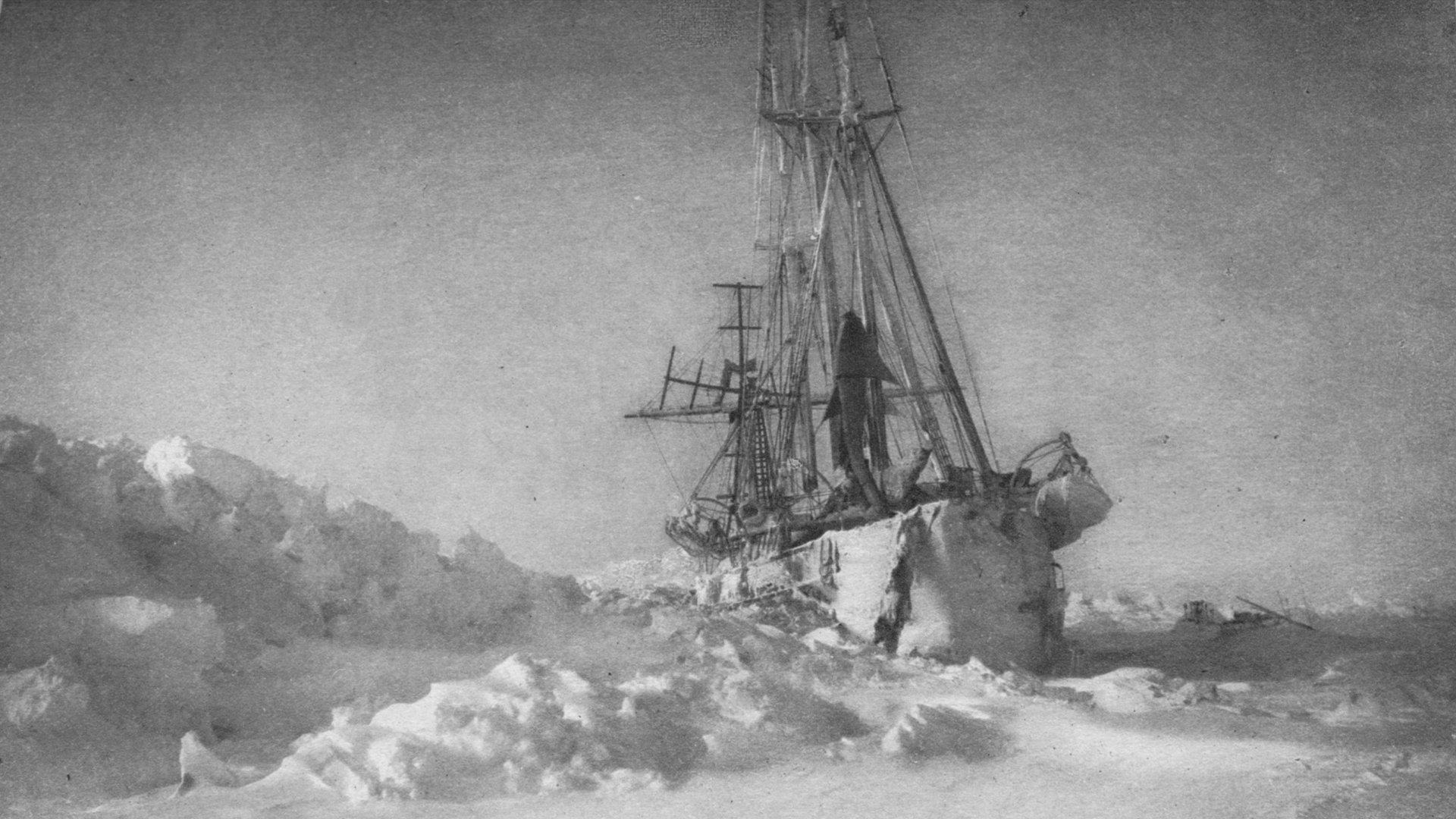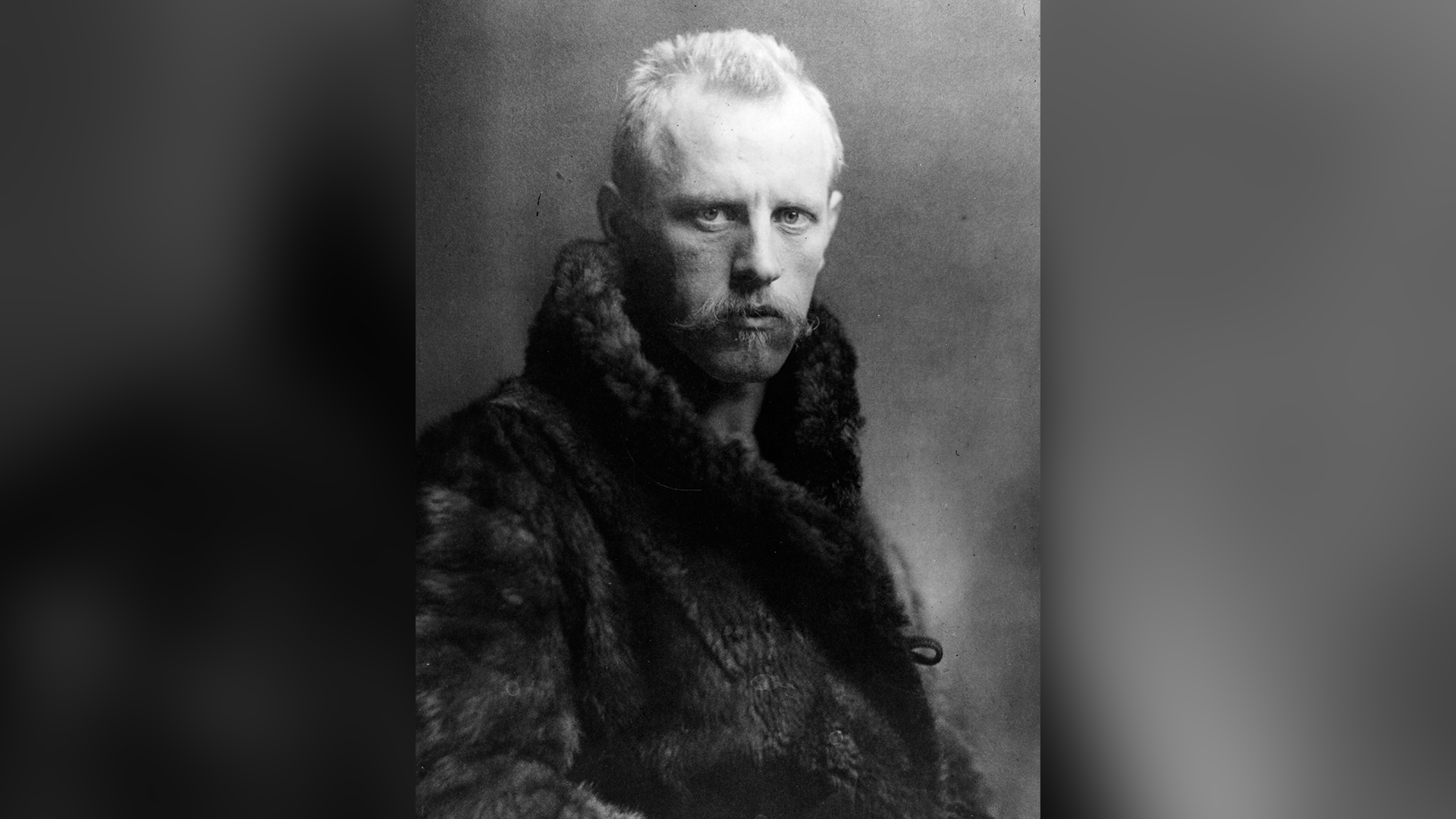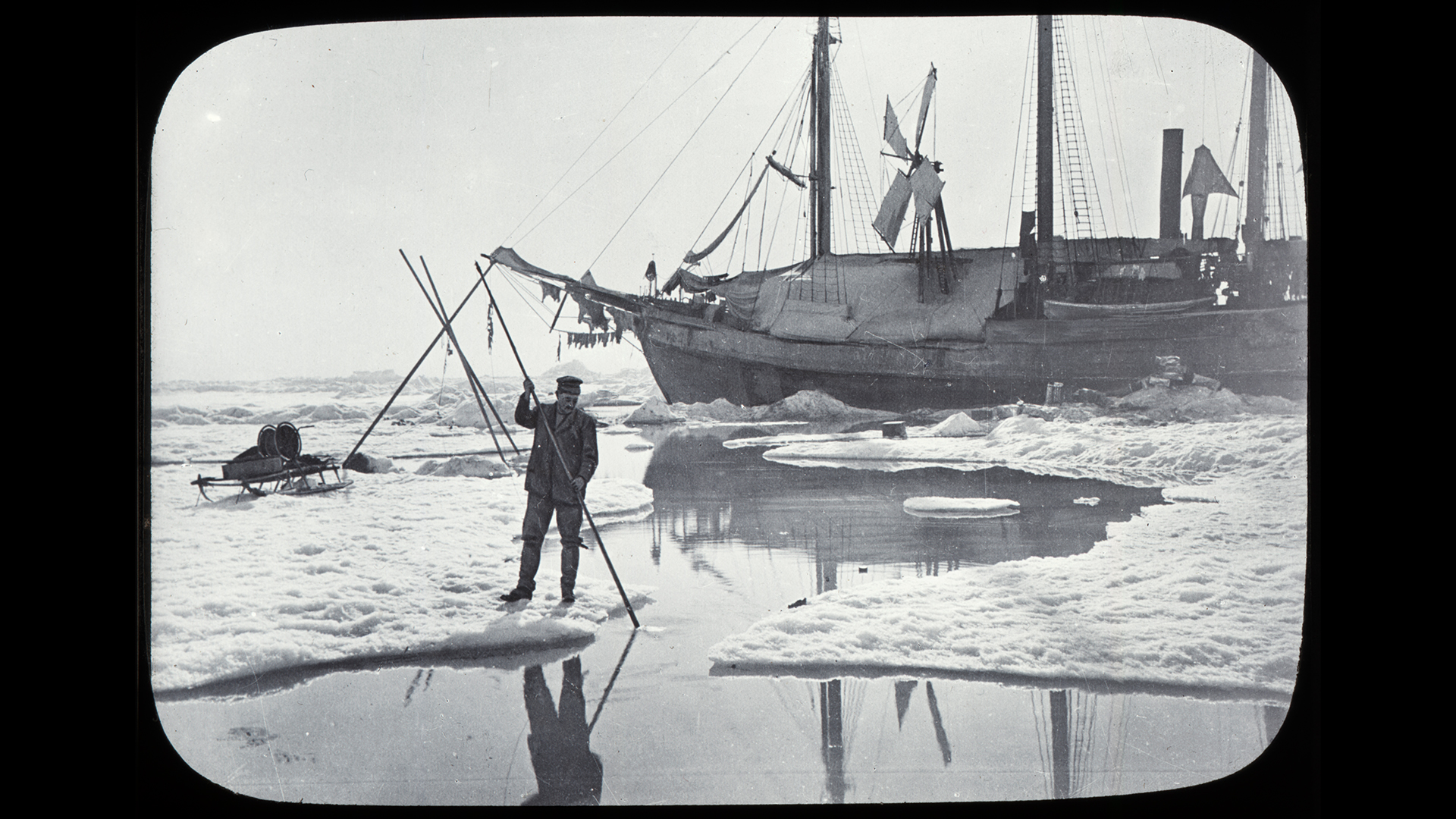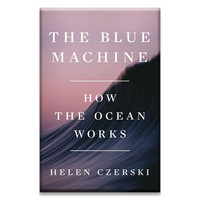The Fram: A Victorian expedition to the North Pole that was as brilliant as it was bonkers
British physicist and oceanographer Helen Czerski explains how Norwegian explorer Fridtjof Nansen's expedition to the North Pole was 'one of the most bonkers and brilliant experiments ever devised'.

The Fram is one of the most bonkers and brilliant experiments ever devised because it had that perfect combination of boldness, scientific rigor and just absolute silliness.
In the late 1800s there were people trying to find and go to the poles but while the route to the South Pole was hard and very far away, you had to walk across land. They didn't know what was in the middle, but fundamentally you had to walk across land to get there.
The North Pole is much closer. It seems like you should be able to get there, but no one could do it, and that's because it's a frozen ocean, where the top is broken up into all these ice floes that are always moving around. And they're always moving. You have to cross the gaps to get to the next bit of ice, and the wind could be pushing it back the way you came—you don't go anywhere. And if you put a ship in it? Then when the wind pushes the ice together, your ship gets squeezed, it breaks and you all die.
Related: 'Earth's civilizations are shaped by what the ocean engine does,' says oceanographer Helen Czerski
No one could work out a way to get to the North Pole, but then there was a shipwreck on the Russian side of the Arctic, and three years later bits of it washed up on the shore on the Canadian side. This started the idea that, maybe, there's a current that goes across all the way across the Arctic from the Russian side to the Canadian side. But obviously it's hard to see because it's covered by moving bits of ice.
Fridtjof Nansen, a Norwegian skier, adventurer and scientist, said "look, if there's this current, then maybe the way to get to the North Pole is to work with it, rather than against it."
Along with Scottish shipbuilder Colin Archer, he built a ship where the solution to the problem of being squeezed by the ice was that the ship wouldn't resist the ice at all, it would just pop upwards. If you hold a seed between your fingers and squeeze, it kind of pops upwards, so they designed this wooden ship specifically for this expedition. She's basically a wooden fruit bowl, and she's called the Fram.
Sign up for the Live Science daily newsletter now
Get the world’s most fascinating discoveries delivered straight to your inbox.
A wooden fortress on ice
The Fram is quite an astonishing ship, you can go and see her in a little museum in Oslo, Norway. She's got this kind of rounded, bulbous shape, and her rudder can be pulled in so that she can become a complete bowl. She's made entirely out of solid oak that is 1.4 meters [4.6 feet] thick at the front. From the inside, you walk up to the bow and it's just criss-crossed buttresses of enormous pieces of wood. It's then you suddenly realize that this thing is a wooden fortress, built on the basis that when the ice squeezed, it would just rise up and sit on the surface, carried by the current to the North Pole. Brilliant.
So somehow Nansen found some men to go along, and with five years worth of supplies they rolled around to the Russian side and waited for the ice to come and take them to the North Pole. A year and a half later, they'd gone around in loops, drifted in sort-of the right direction and gone backwards a bit, before realizing they were probably going to miss the North Pole.

And by this point, they're all bored silly. They're doing science, they're making measurements, but they are stuck in this wooden fruit bowl in the ice, so Fridtjof Nansen nominates one of the others to go with him and walk the last bit to the pole. Leaving everyone else on the ship they start walking.
They got some of the way before they realized that they just weren't going to make it, the ice was pushing the other way, and so even though they were walking forward the ice was carrying them back again. They weren't going anywhere.
They had to get back to civilization, but of course by that point the adrenaline is gone. You've missed your big prize, you don't know where your ship is, you're wandering across the ice and you're really annoyed by the guy who you've now spent a year wandering around on the ice with. But eventually they arrive on one of the islands on the Canadian side.
They wander around the island, overwintering there, before eventually finding someone who brings them back to the north of Norway. Almost at the same time the Fram pops out of the ice somewhere else, having got slightly closer to the North Pole after they left just by drifting, and together they meet in the north of Norway and roll around the coast back to a hero's welcome in Oslo.
The thing is, that for a scientific expedition the boldness of it is extraordinary. The conviction that if you're going to do it, that you're going to do it properly, so let's just build the biggest wooden fruit bowl we can and do it.
And even though they failed, it's very valuable. We still use data from the Fram today because they got measurements of the ice that no one else has got for 100 years.

In 2019 there was an expedition called MOSAIC, which for the first time in a hundred years basically tried to do the same thing as the Fram. Obviously there's a bit less ice around now, but the only measurements they had to compare with were those from the Fram, and so the value of the science that those bored men were doing was absolutely phenomenal. They were really miserable by the end, but the value of that data is just extraordinary for us now.
Sometimes we've got this impression of science that you can just Google things, or that shiny instruments will measure everything, but actually, in the natural environment we still have to go out and do it the hard way. To find it we have to struggle and suffer, because it's difficult to get just one number, but that one number can be so valuable.
Editor's Note: This article has been condensed and lightly edited from an interview with Helen Czerski, where she spoke to us about her new book "The Blue Machine: How the Ocean Works," the importance of studying the ocean, and why our seas act like a giant engine." Read an extract from the book about how the tears of a leatherback turtle help it survive in the salty oceans.
The Blue Machine: How the Ocean Works - $21.93 on Amazon
If you want to know more about how the oceans influence life on Earth, Czerski's book is available on now. It's a spectacular story that covers everything from giant waterfalls under the sea, the magnificent creatures that live within it, and the physical and cultural impact it has had on civilizations.
Helen Czerski is a physicist, oceanographer and science communicator based in the U.K. She is an associate professor in mechanical engineering at University College London. Since 2011, Czerski has worked as a presenter on several BBC Documentaries and is a regular presenter for the Fully Charged Show, a frequent face on the Cosmic Shambles Network, and hosts an ocean podcast for the Bertarelli Foundation called Ocean Matters. She is the author of "The Blue Machine: How the Ocean Works" (W. W. Norton & Company, 2023) and "Storm in a Teacup: The Physics of Everyday Life" by the same publisher.











